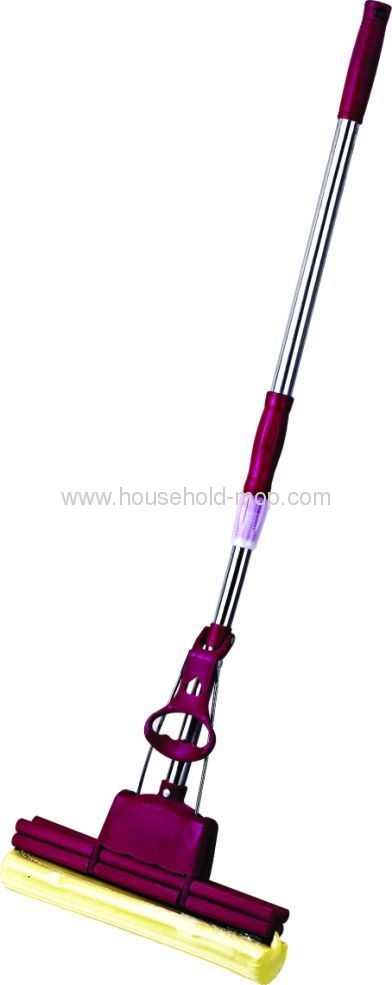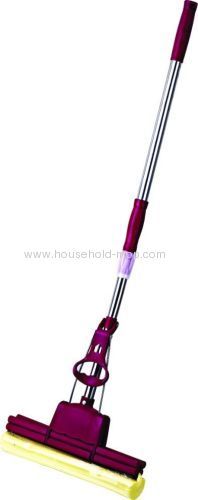Cleaning Tips for Toilets and Paintbrushes
Going through my e-mails, I decided to answer a few of the frequently asked cleaning questions. The following is a compilation of several questions.
Q: I read an article you wrote on home tips in my local paper and thought you might be the one to solve my problem. As hard as I try, I just can't get all the dark spots out of the bottom of the toilet bowl. I tried the muriatic acid you wrote about and let it sit overnight, then scrubbed with a toilet brush. The spots are still there. Any ideas on what to do next?
A: The spots are most likely mineral deposits that form in still water. There are tiny imperfections in the ceramic finish at the bottom of the bowl, especially at the tight curve where the bowl turns upward. When you use a typical scrub brush, the bristles cannot reach deep down into these tiny pores.
All you need to do is reach down with a disposable rag or paper towel to wipe the deposits away. I suggest you flush the bowl clean and wear rubber gloves for this unpleasant cleaning process.
Or you may want to try one of the new disposable toilet brushes. I have not tried the new cleaning product, but it is smaller than a standard bowl brush and it appears to have a softer sponge-rubber surface that might reach into tight spaces. But most important, it is disposable.

Q: What is the best way to clean and restore paintbrushes and rollers? Going to the hardware store every week is getting expensive.
A: I assume you are using a latex-based paint that can be cleaned with soap and water. While I was visiting a local home show, a dealer gave me this tip that has saved me time and money when I have a large painting project:
When you have finished painting for the day, wrap each brush and roller in plastic food wrap. The rollers and brushes can be stored under wrap for several days before cleaning is needed.
When it's time for cleaning, soak and wash the rollers and brushes in a soapy water solution. Use dishwashing liquid and warm water. It's best to hand-scrub the rollers and brushes, getting as much of the paint out as possible.

Rinse the brushes and rollers under a faucet of clean running water.
Then place the brushes and rollers in a solution of 1 to 2 gallons of warm water mixed with a cup of laundry softener.
Finally, rinse the softener from the brushes and rollers and set on old newspapers to dry. Stand the rollers on end to drain overnight.
When dry, the rollers will be soft and clean and the residue will be gone from the brush bristles.












